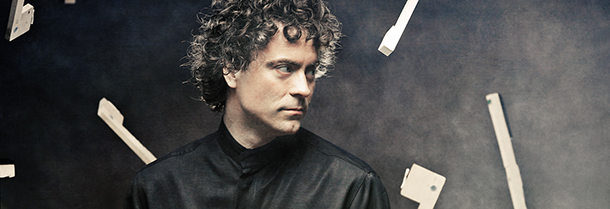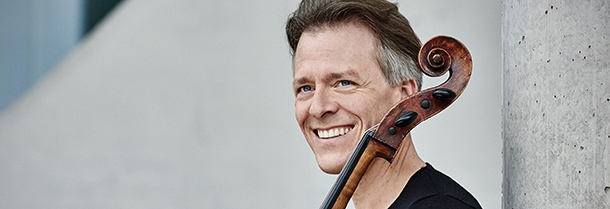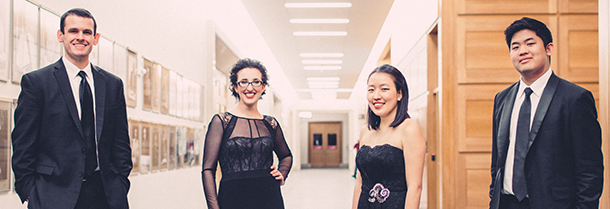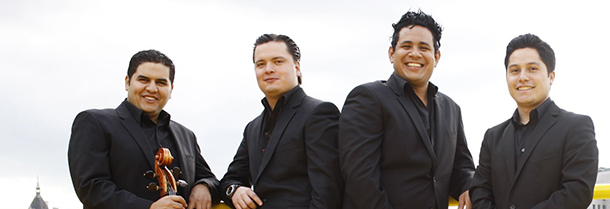Category: 17-18 Season
-

PROGRAM NOTES: PAUL LEWIS (CONCERT 1)
Franz Joseph Haydn Sonata in C major Hob. XV1:50 Haydn’s last three piano sonatas, Nos. 60 to 62 (Hob. XVI: 50-52), were written during the composer’s second trip to London in 1794-1795. All three were composed with a specific dedicatee in mind: the female keyboard virtuoso, Therese Jansen Bartolozzi (1770-1843), a student of Clementi that…
-

PROGRAM NOTES: ALBAN GERHARDT & STEVEN OSBORNE
Johann Sebastian Bach Cello Suite No. 2 in D minor BWV 1008 The instrumental suite, with its predictable allemande-courante-sarabande-gigue sequence of dances and its un-predictable addition of various galanteries (minuets, bourrées, gavottes, etc.), was a staple of the Baroque. Arising from neither of the period’s two great wellsprings of musical emotion – religious piety and…
-

PROGRAM NOTES: GEORGE LI
Franz Joseph Haydn Sonata in B minor Hob. XVI:32 It is not often that you catch the congenial, ever-chipper Haydn writing in a minor key. But minor keys were all the rage in the 1770s, the age of Sturm und Drang (storm and stress), an age when composers such as C. P. E. Bach sought to…
-

PROGRAM NOTES: ZHANG ZUO
Ludwig van Beethoven 32 Variations in C minor WoO 80 The theme that Beethoven chose for his 32 Variations in C minor (1806) has a Baroque feel to it, with its chaconne-like harmonic pattern in the left hand and sarabande-like second-beat emphasis in the right. This theme, however, is far from the characterless blank canvas…
-

PROGRAM NOTES: YEKWON SUNWOO
Franz Schubert Sonata in C minor D 958 Schubert’s unabashed admiration for Beethoven is vividly on display in the opening bars of his Sonata in C minor D 958, composed in September 1828, shortly before his death. Schubert had served as a pallbearer at Beethoven’s funeral the year before, and his own death from tertiary…
-

PROGRAM NOTES: THE VERONA QUARTET
Franz Joseph Haydn Quartet in B at major Op. 50 No. 1 The art music of Western Europe underwent a period of transition in the mid- 18th century as the thickly embroiled scores of the Baroque, with their long spun-out melodic lines and constant harmonic churn, gradually yielded to the clearer textures, symmetrical phrases and slower…
-

A CHANGE TO OUR FIRST CONCERT IN THE 2017-18 SEASON
The Simón Bolívar String Quartet’s scheduled performance at the Vancouver Playhouse on September 17 has been postponed to a future season. The current volatile and violent situation in Venezuela, which has heightened following last week’s election, has made it almost impossible for the quartet to navigate around Caracas to make arrangements for their North American tour.…
-


